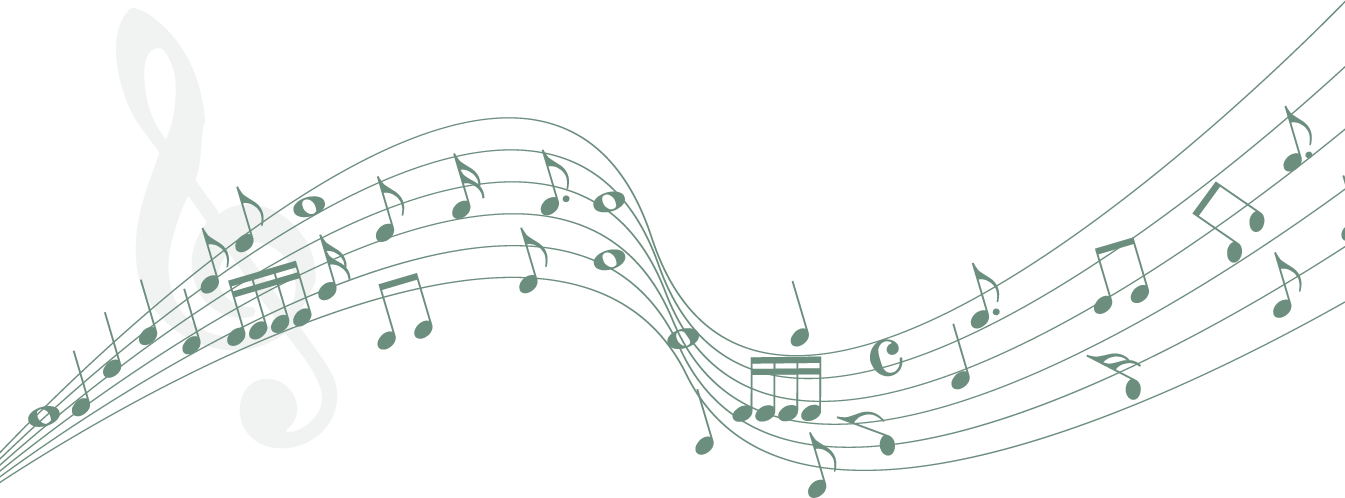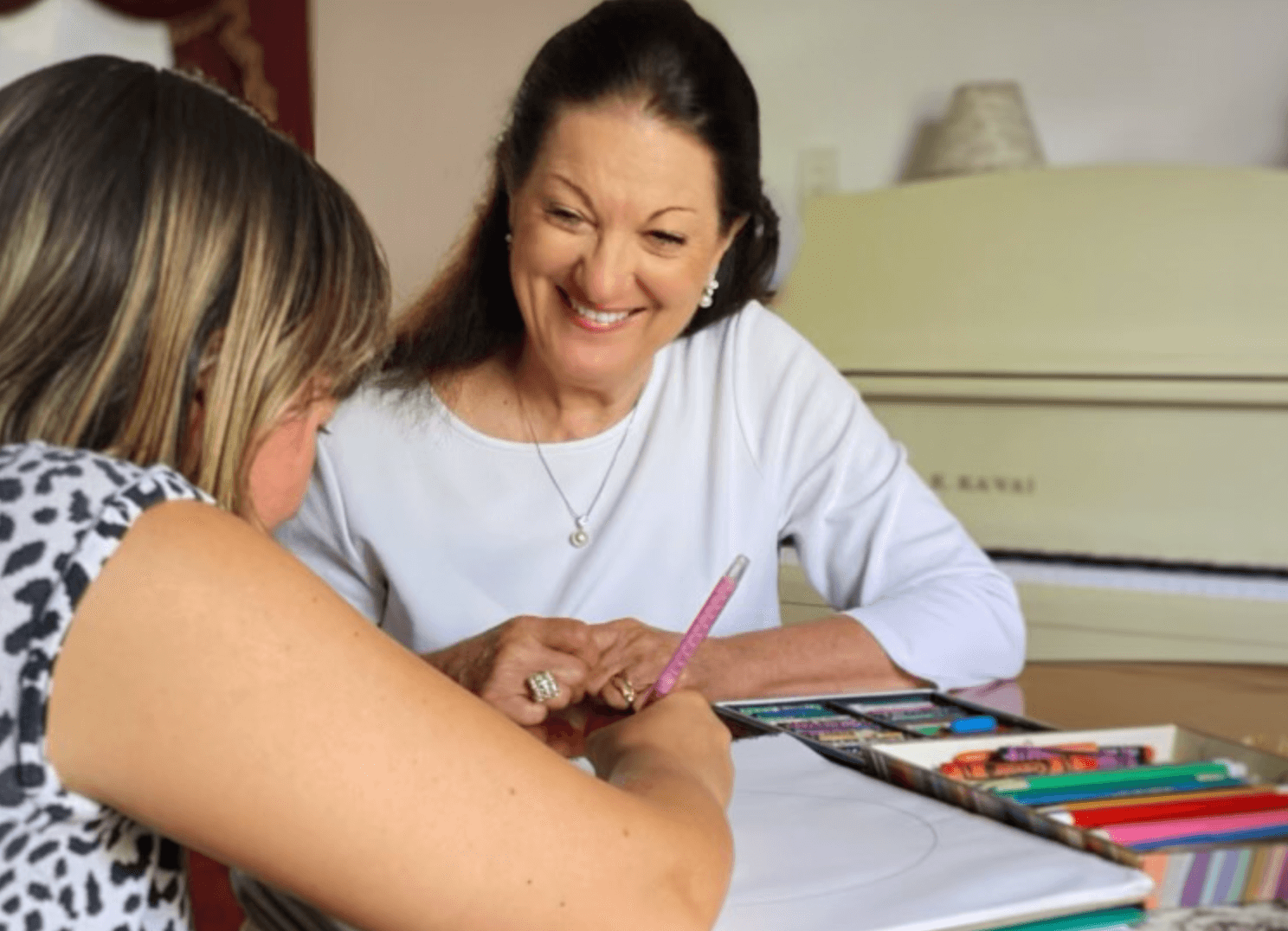What is GIM?
Guided Imagery and Music (GIM) is a psychodynamic and multimodal therapy that incorporates music listening in a deeply relaxed state to stimulate imagery, memories and feelings to help the client understand life issues from a holistic perspective and to promote mental and spiritual wellbeing and health. GIM is practised with individual clients and in groups.


Guided Imagery and
Music Therapy (GIM)
What is GIM?
GIM is a multi-modal form of evidence-based therapy in which a trained therapist guides clients into a deeply relaxed state. This experiences stimulates internal imagery, memories, and emotions – sensations which open the way to inner reflection and feelings.
GIM is a powerful form of creative therapy that enables clients to explore and understand aspects of their life in a holistic way. GIM supports improved mental and spiritual health, and can be a profoundly transformative experience, enabling a richer understanding of life in the present, healing and resolution of past events, and a deeper awareness of future possibilities.
GIM was developed by music therapist, Dr Helen Bonny, in the 1970s and the Bonny Method of GIM has been practised in Australia since 1985.
GIM is practised by highly trained, registered therapists (RGIMT) in professional therapeutic settings.
The documented benefits
of GIM are wide-ranging
Benefits of GIM
The documented benefits of GIM are wide-ranging, and differ according to each client’s individual circumstances and needs. Research shows that GIM has therapeutic benefits for:
- Enhancing wellbeing and quality of life
- Improving mood
- Working through traumatic experiences
- Grief and loss support
- Relationship resolution
- Emotional regulation and expression
- Accessing creative potential
- Supporting spiritual practice • Enhancing wellbeing, quality of life and mood
Evidence also indicates positive outcomes of GIM therapy for people living with depression, breast cancer, and other medical conditions.
GIM can be practised
with individual clients
and in groups
Who is GIM for?
GIM can be practised with individual clients and in groups. The Bonny Method of GIM can also be adapted for children and young people. Specialised GIM therapy can be modified for clients experiencing:
- PTSD (Post Traumatic Stress Disorder)
- Trauma related to abuse
- Addictions
- Mental health issues
- Medical conditions and chronic illness
- People in aged or palliative care
GIM may also be adapted to suit specific needs, including:
- A shortened form
- Music, Drawing and Narrative (MDN)
- Verbal session
- Relaxation only
- Dream work
- Various art modalities, including clay work or sand play
- Receptive music therapy
The Bonny Method of
GIM is an evidence
based practice
Evidence for GIM
The Bonny Method of Guided Imagery and Music is an evidence-based practice, and research shows compelling indications for GIM’s effectiveness. Studies demonstrate that GIM is helpful for managing a range of conditions including:
- Depressed mood and anxiety
- Pain
- Post-Traumatic Stress Disorder (PTSD)
- Addictions
- Mental health
- Grief
- Carer burden
- Medical conditions including cancer recovery, cardiac rehabilitation post-surgery, and palliative care
Discover more about GIM, research, resources, videos, books etc on our Resources page.
What is a GIM therapy session like?

Preliminary conversation
A preliminary conversation between the client and therapist that allows the client to express any issues or concerns. This conversation concludes with a focus for the music and imagery segment of the session.

Relaxation
induction
The therapist provides a relaxation induction that enables the client to relax deeply. A focus image is then provided to help the client enter the music experience.

Program of
recorded music
A program of recorded music is selected by the therapist. The music programs used in GIM have been trialled over many years, and follow an affective contour, or are designed to support specific emotional states. As the music begins, the client is encouraged to describe imagery, memories, or feelings as they emerge. The therapist is a supportive guide, facilitating the client to explore imagery more deeply.

Encouraged to
reflect
At the end of the music program, the client is encouraged to reflect on their experience through creating a drawn mandala or clay moulding, or verbally. This tactile action bridges the experience from the symbolic world to the present reality.





GIM therapy
Individual GIM therapy
An individual GIM session begins with a conversation between the therapist and client, in which the client can raise any issues or concerns in a safe, supported environment. The therapist then guides the client into a state of deep relaxation, and a music program of 30-45 min begins. During the session, the client may experience visual imagery, memories, emotions, embodied experience, and spiritual expansiveness. The client describes their experience to the therapist, who offers support and encouragement. At the end of the music program, a process of integrating the imagery occurs through verbal discussion, drawing or other creative expression.
How many sessions?
Group music and imagery sessions are suitable for clients working towards a common goal. Each session begins with a group discussion to decide on a theme. The therapist then leads the group in a relaxation induction, bringing the chosen theme into focus. A music selection is played and the group experiences imagery in silence. At the end of the music program, the group integrates their experience through verbal discussion, drawing, or other creative expression.
Group wellbeing sessions
GIM can also be offered in a modified format for general wellbeing sessions, suitable for workplaces, community groups and organisations, schools, or other group settings.
Supervision for therapists
Coming soon.







